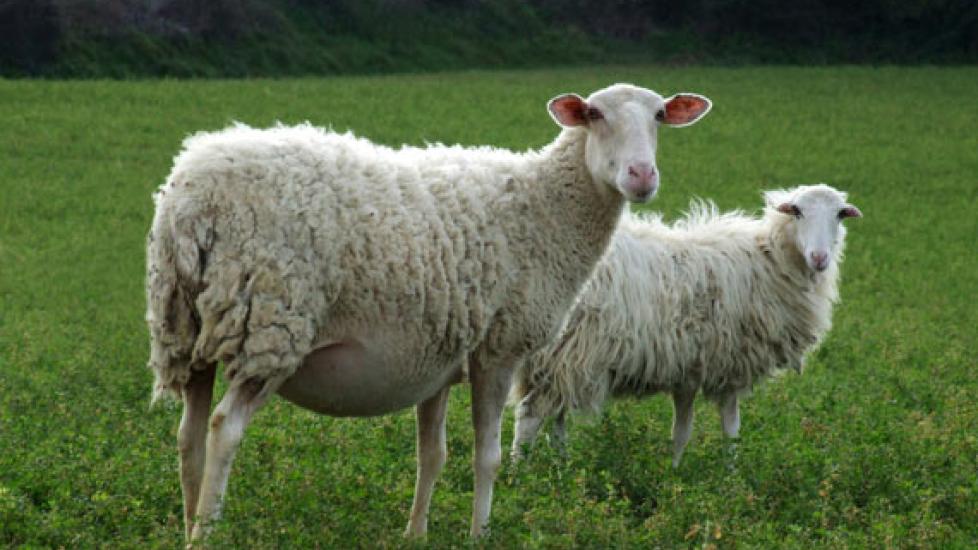When Pregnancy is Toxic
Pregnancy ain’t no joke, folks. It’s tough. Just imagine what a female’s body is asked to do: carry around a fetus (or two, or three, depending on what species of farm animal you are) for months at time while it gets bigger and demands increasing nutrients and space. Not only are you expected to maintain this baby, but you are also expected to maintain yourself. I just don’t know how mothers do it.
For any pregnancy, no matter what species you are, there are risks. But some pregnancy-related issues are commonly seen on the farm. Today I’d like to tell you about a condition in small ruminants called pregnancy toxemia, also known as twin-lamb disease, for reasons that will soon become evident.
As a fetus grows, it requires more energy from the mother. If the mother is stressed, sick, or too thin, she isn’t able to provide nutrients to the fetus the “normal” way, which is via blood glucose. Instead, her metabolism goes into overdrive. The liver kicks in and begins making ketones as a back-up supply of energy. This condition is called ketosis. This may sound familiar to some of you, as this can also occur in unregulated diabetics.
Ketosis over a period of time is not good for an animal. Pregnant ewes or does that become ketotic become very sick quickly. They stop eating, which only makes the condition worse, and they become weak. If left untreated, they will die.
Treatment is force-feeding propylene glycol, which is an immediate source of sugar for metabolism. IV fluid administration of dextrose solution can also be done, as well as helping with dehydration. B vitamins are sometimes given as an appetite stimulant and yogurt is fed to help maintain digestive flora and provide protein. If these more conservative treatments don’t get the ewe or doe up and eating again within 24 hours or so, more aggressive options should be considered.
Since the growing fetus is the initiating cause of the metabolic imbalance in the first place, the lambs or kids should be delivered. Pregnancy toxemia occurs in the last trimester of pregnancy, when the greatest growth spurt of the fetus(es) occurs. This is helpful in that you can induce labor (or perform a C-section) that sometimes results in live young that aren’t premature. Other times, however, you have to weigh your decision: Will the young be too premature to survive? Can the mother wait a few more days to allow for a little more fetal maturation? Sometimes these are very tough questions to answer and treatment options feel more like a gamble. Unfortunately, there are times when you lose both the mother and the babies.
Preventing pregnancy toxemia is a far better option than trying to treat it when it occurs. For larger farms, dividing the herd or flock into which mothers are expecting singles versus twins and triplets is recommended, since the mothers carrying more than one fetus require far more feed during the last trimester. Ensuring enough high quality feed intake during this last part of the pregnancy really is key for preventing this condition.
Other prevention tips include avoiding stress for expecting mothers. This means providing adequate shelter if the weather is nasty and not transporting the animals when they are heavily pregnant. Keeping those expectant mothers safe and sound is key to a successful birthing season.

Dr. Anna O’Brien
Image: Emily Goodwin / Shutterstock
